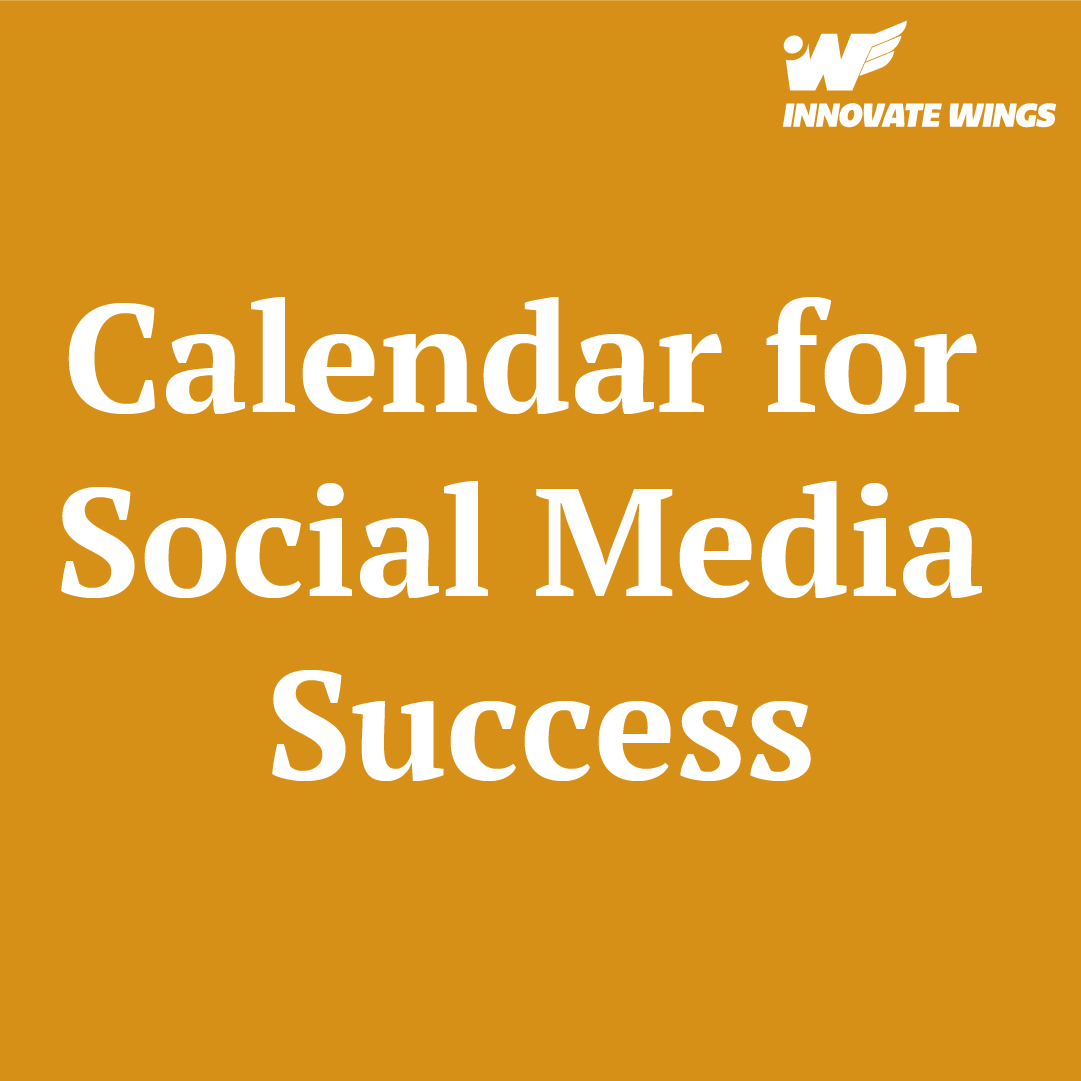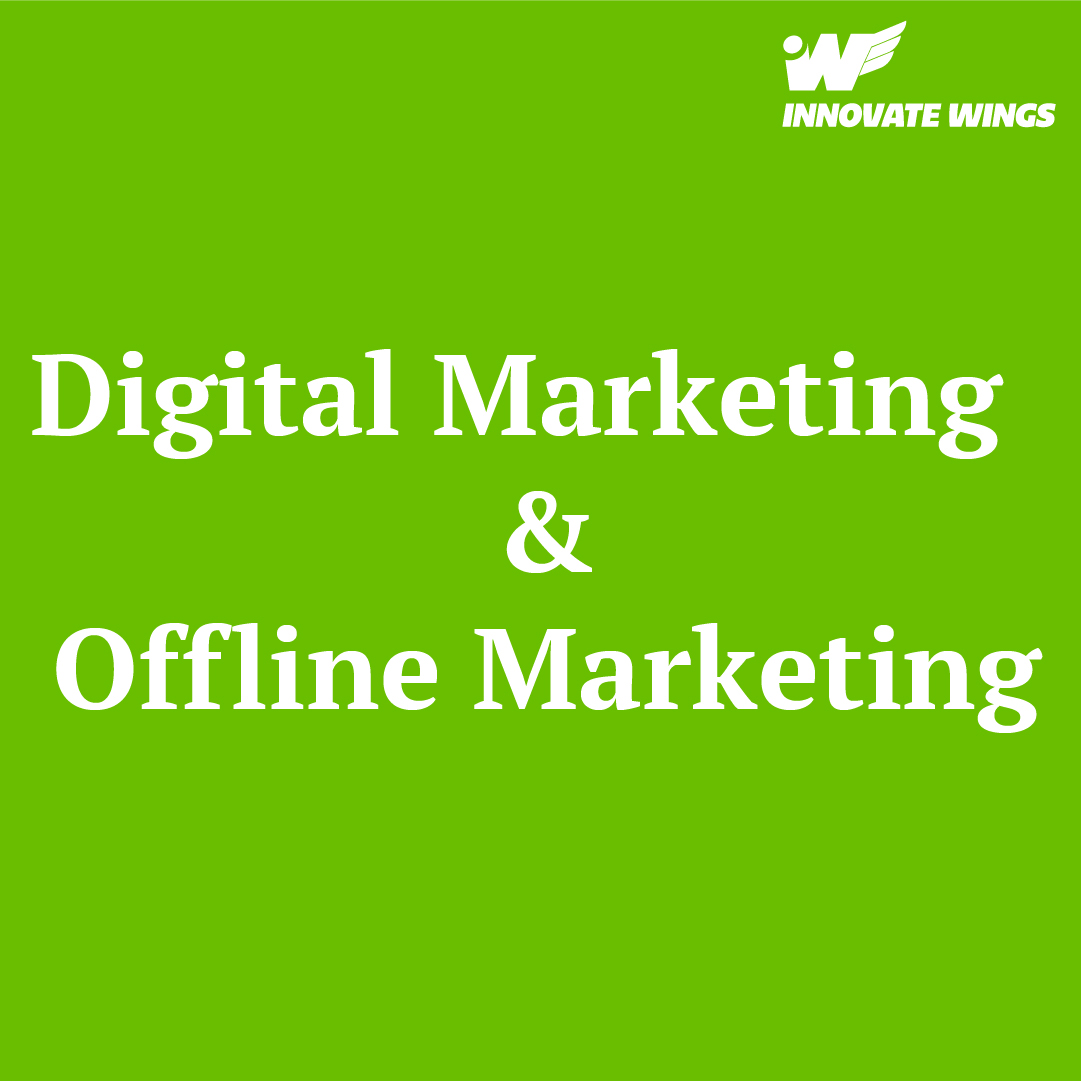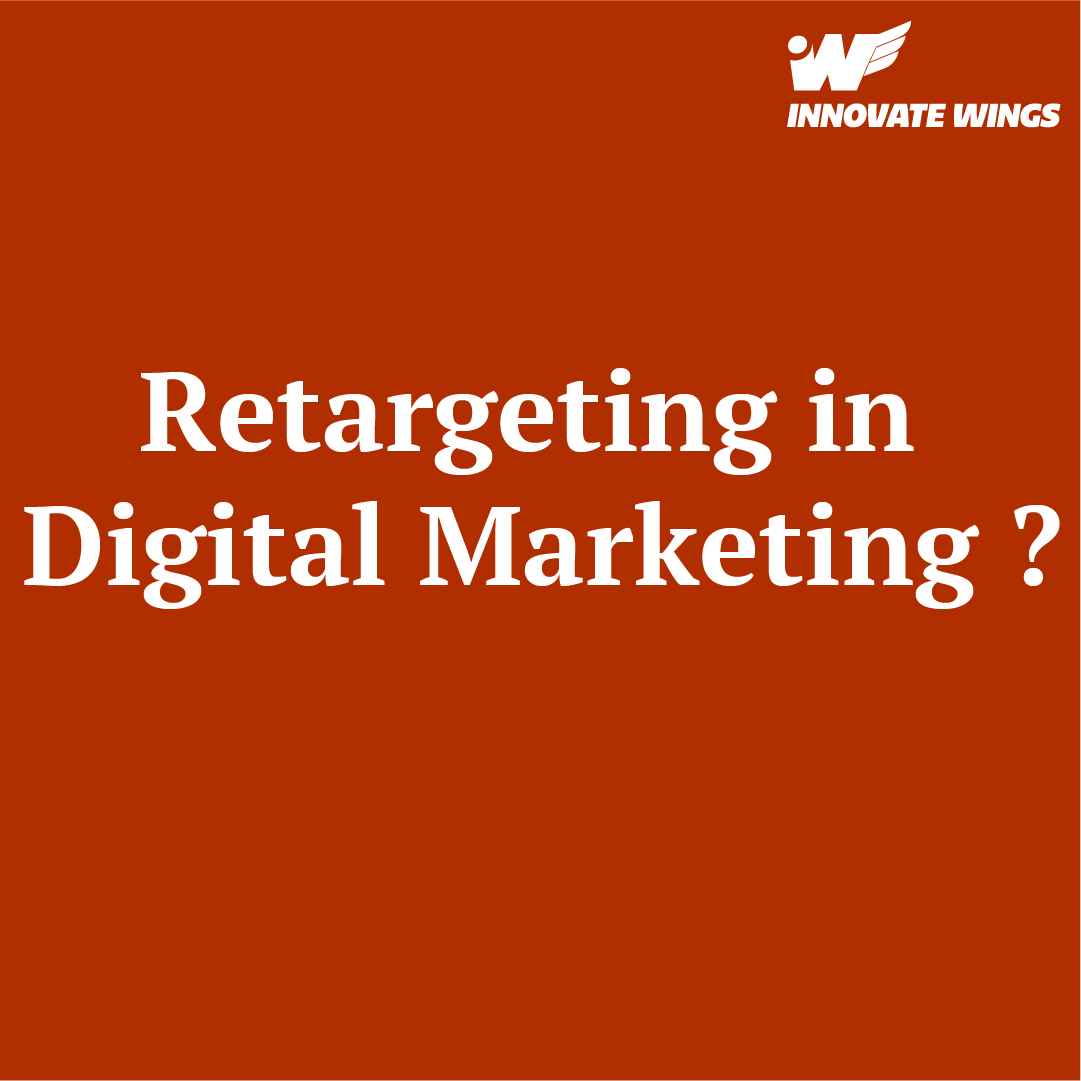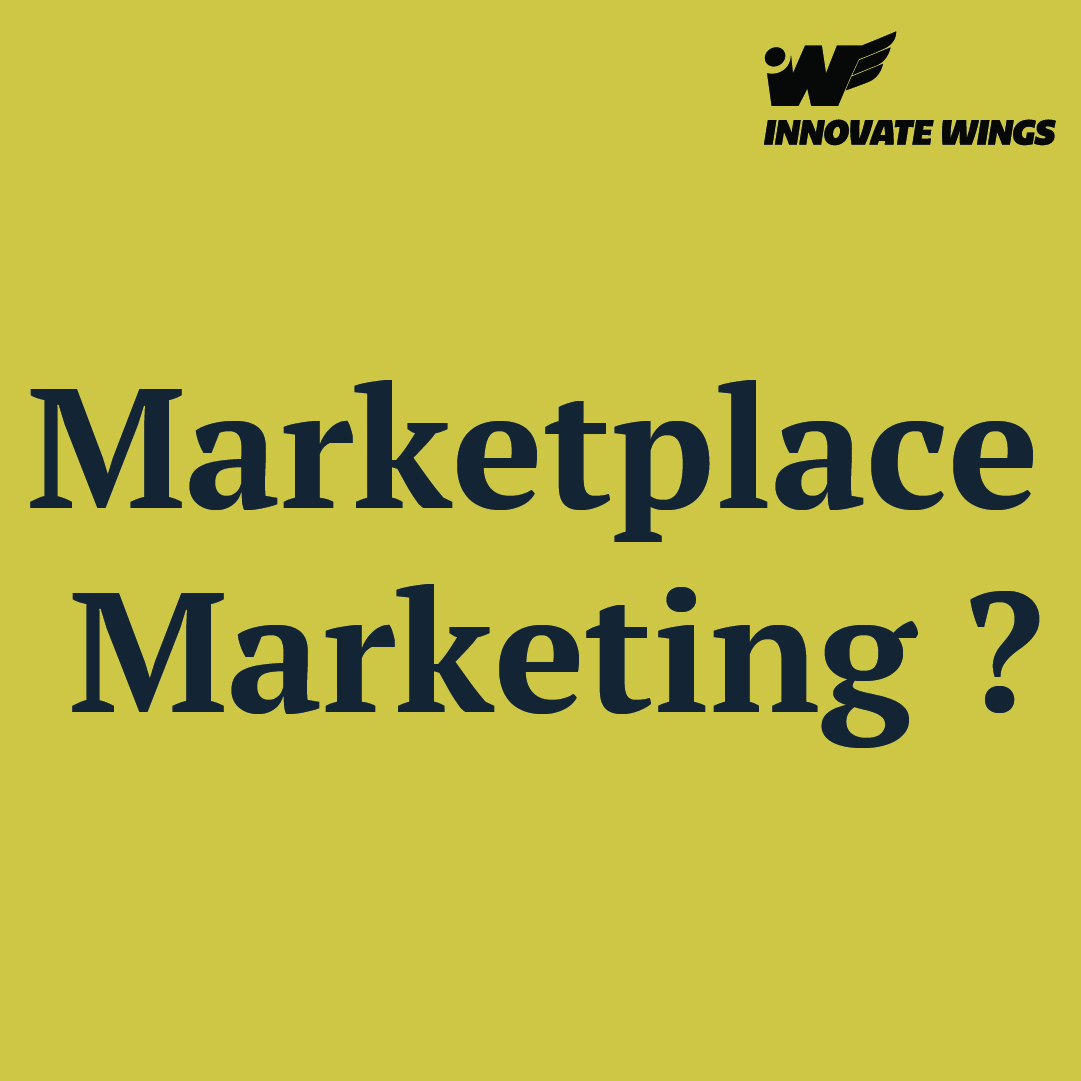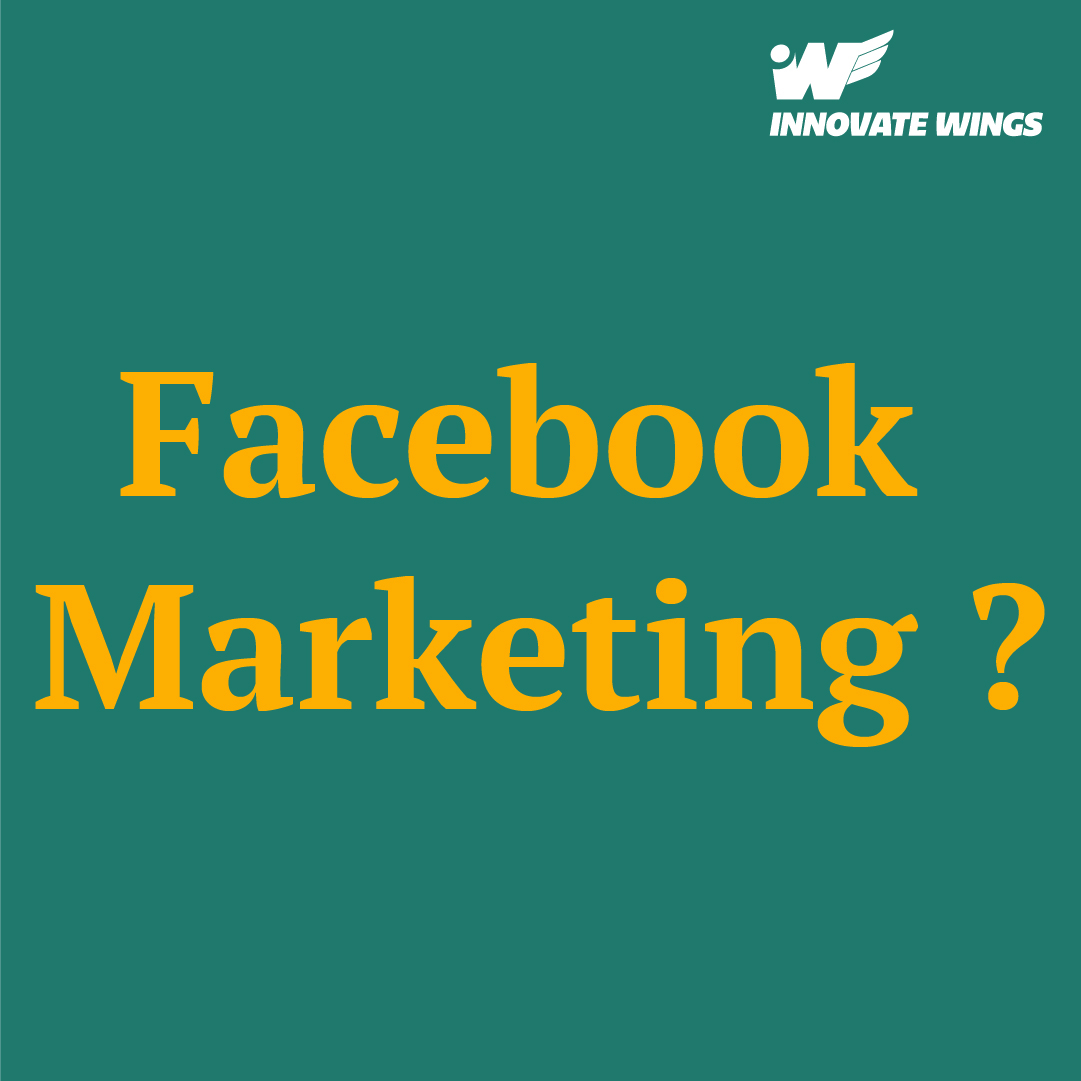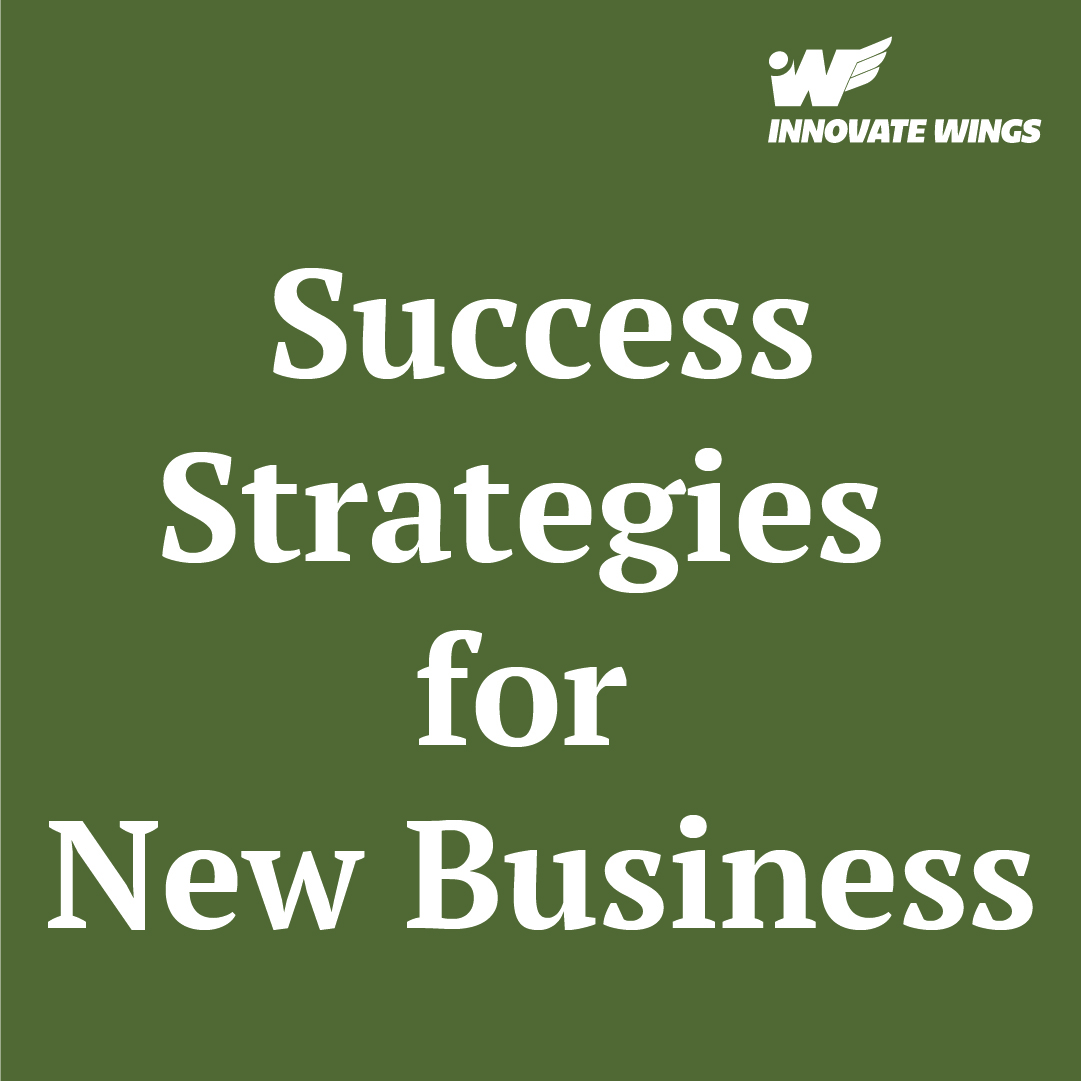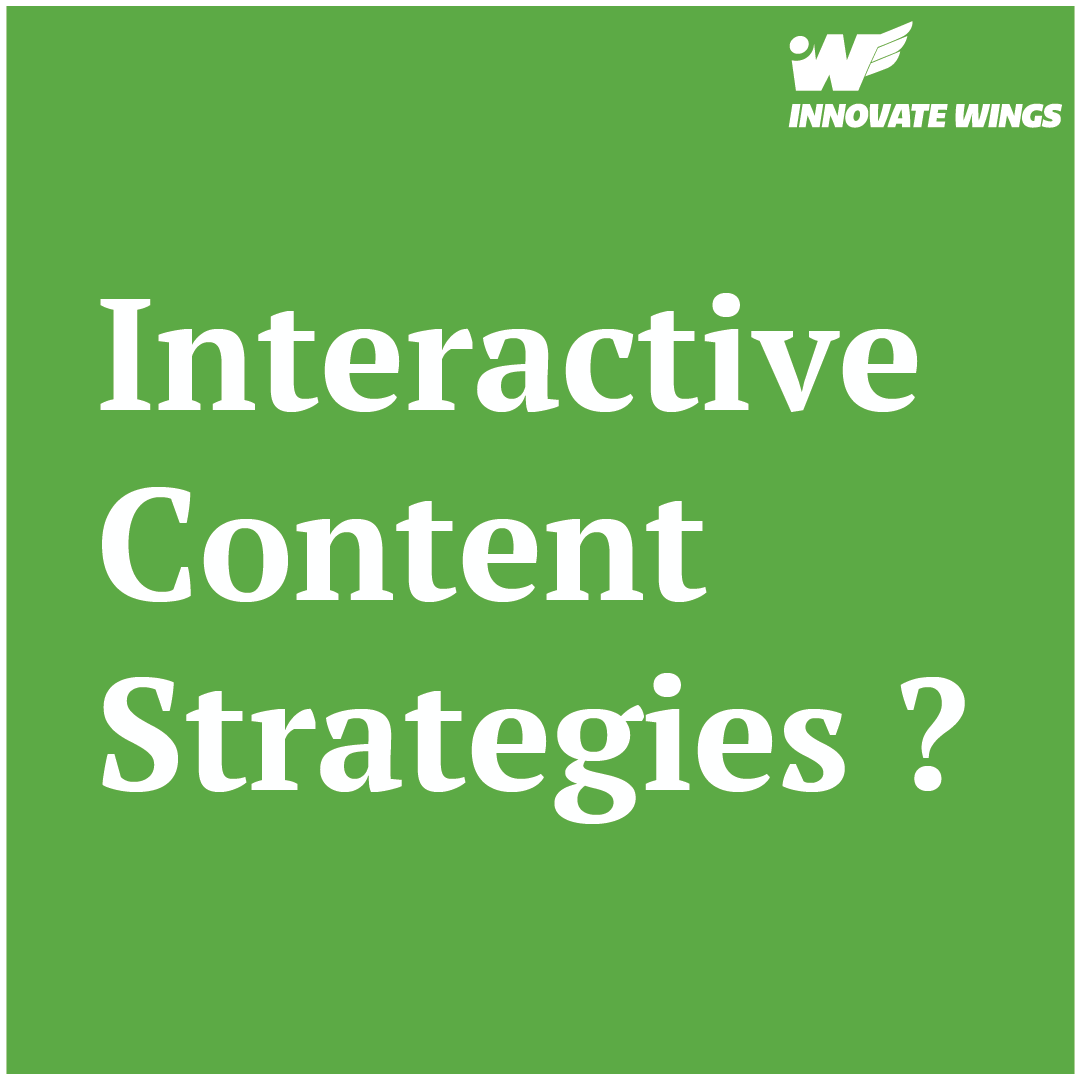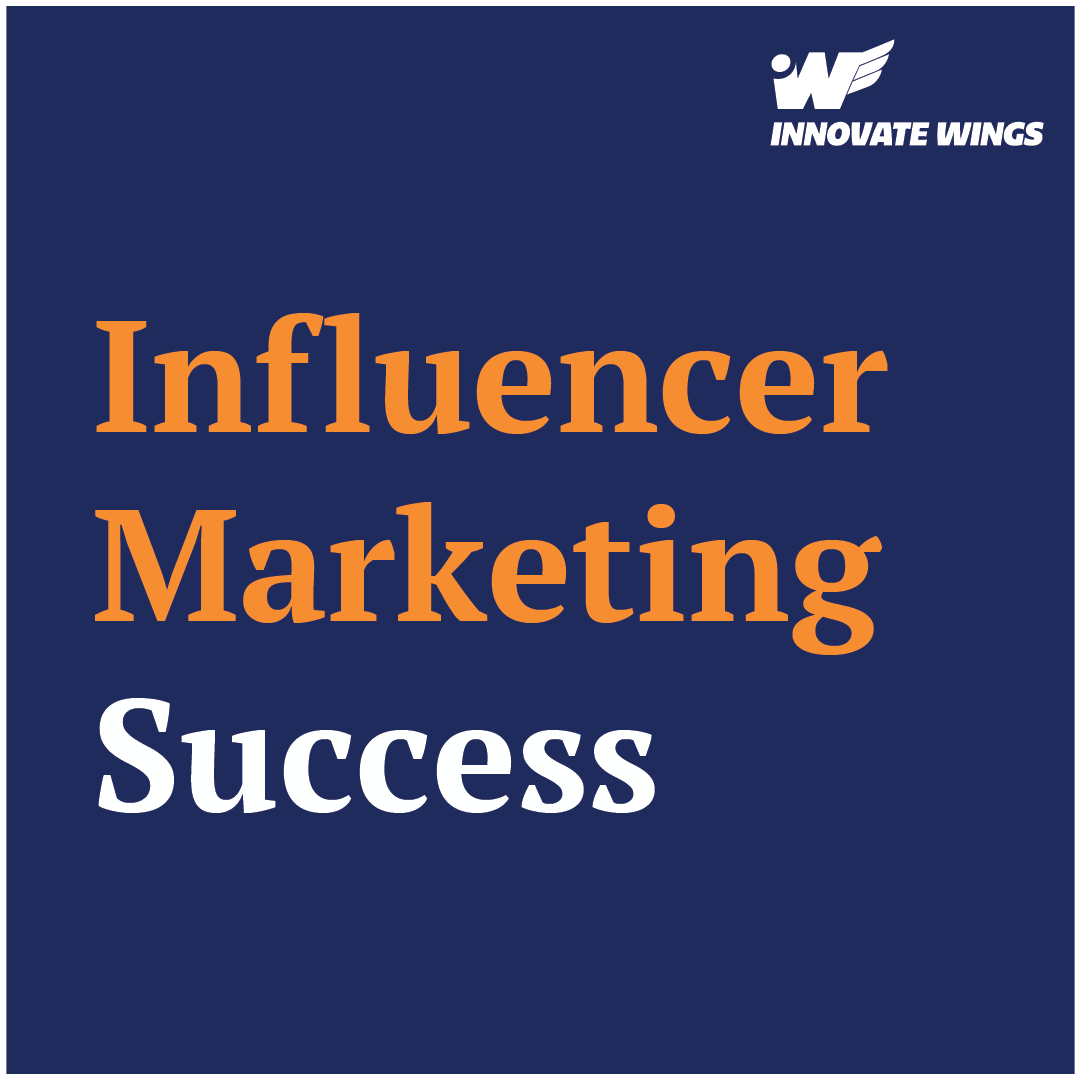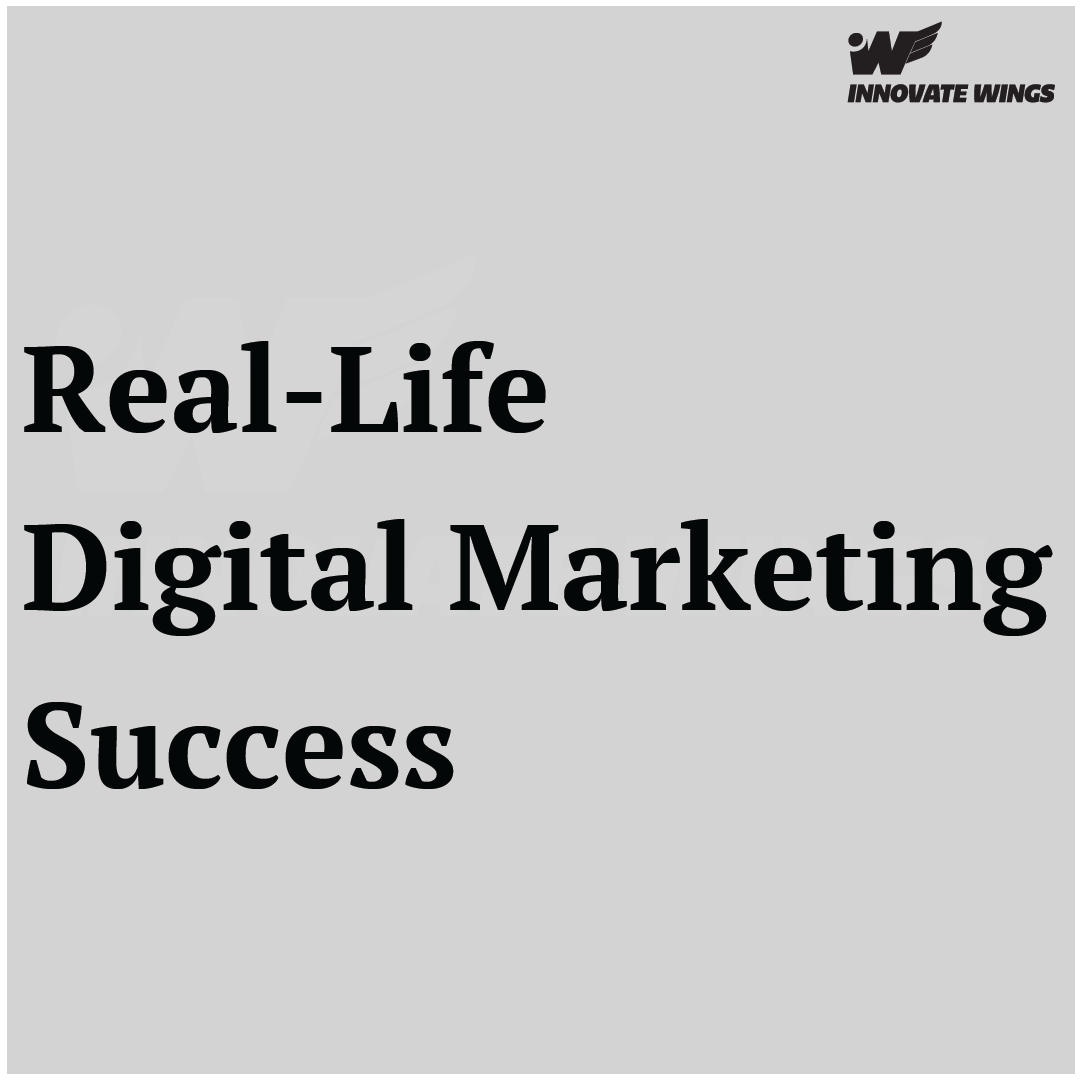In the fast-paced world of social media marketing, consistency is key to maintaining audience engagement, driving traffic, and building brand awareness. A well-planned content calendar serves as the backbone of any successful social media strategy, helping businesses stay organized, maintain a consistent posting schedule, and deliver valuable content to their audience. In this blog, we’ll explore the essential steps to building a successful content calendar for social media and provide practical tips for maximizing its effectiveness.
1. Define Your Objectives and Audience
Before diving into content creation, it’s crucial to define your objectives and identify your target audience. What are your goals for social media marketing? Who is your ideal audience, and what type of content resonates with them? By clearly defining your objectives and audience, you can tailor your content calendar to align with your overarching strategy and meet the needs of your target audience.
2. Choose the Right Platforms
Not all social media platforms are created equal, and it’s essential to choose the ones that align with your business objectives and audience preferences. Conduct research to determine which platforms your target audience frequents most and focus your efforts on building a presence there. Whether it’s Facebook, Instagram, Twitter, LinkedIn, or TikTok, select the platforms that offer the best opportunity to reach and engage with your audience effectively.
3. Establish a Content Mix
A successful content calendar incorporates a diverse mix of content types to keep your audience engaged and interested. Consider including a variety of content formats, such as blog posts, videos, infographics, user-generated content, behind-the-scenes glimpses, and curated industry news. By providing a mix of educational, entertaining, and promotional content, you can cater to different audience preferences and drive engagement across your social media channels.
4. Plan Your Content Themes and Topics
Developing a content calendar is much easier when you have a clear plan for your content themes and topics. Identify overarching themes and key messaging pillars that align with your brand values and resonate with your target audience. From there, brainstorm specific topics and content ideas that fall within each theme, ensuring a balanced mix of content that addresses different aspects of your business and industry.
5. Set a Posting Schedule
Consistency is crucial in social media marketing, and setting a regular posting schedule helps ensure that your content reaches your audience at the right time and frequency. Consider factors such as audience demographics, platform algorithms, and peak engagement times when scheduling your posts. Tools like social media management platforms or scheduling apps can help streamline the process and ensure that your content goes live according to plan.
6. Monitor Performance and Iterate
A content calendar is a living document that should be regularly monitored, evaluated, and adjusted based on performance metrics and audience feedback. Track key performance indicators (KPIs) such as engagement metrics, reach, click-through rates, and conversions to gauge the effectiveness of your content and identify areas for improvement. Use this data to iterate on your content strategy, experiment with new ideas, and optimize your content calendar for better results over time.
7. Stay Flexible and Adapt
While a content calendar provides structure and guidance, it’s essential to remain flexible and adaptable in response to changing circumstances, trends, and audience preferences. Be prepared to pivot your content strategy as needed, seize opportunities for real-time engagement, and adjust your posting schedule or content themes based on current events or industry developments. By staying agile and responsive, you can keep your content fresh, relevant, and engaging for your audience.
Conclusion
Building a successful content calendar for social media requires careful planning, thoughtful execution, and continuous optimization. By defining your objectives, understanding your audience, choosing the right platforms, establishing a content mix, setting a posting schedule, monitoring performance, and staying flexible, you can create a content calendar that drives engagement, builds brand awareness, and helps you achieve your social media marketing goals. With a well-executed content calendar in place, you’ll be well-equipped to navigate the ever-changing landscape of social media and build a loyal and engaged community around your brand.

